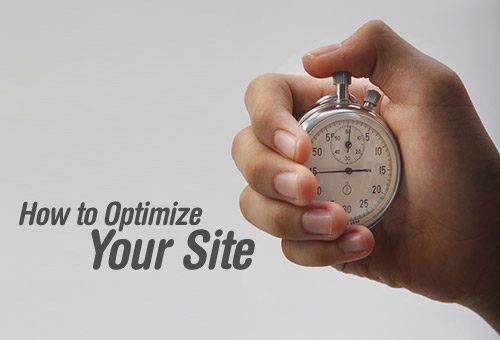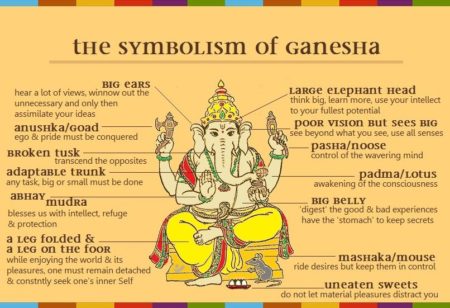With the spotlight focused on placing keywords in website content, one might easily overlook including keywords in two other important components of SEO – title tags and alt tags. Effective SEO requires keyword placement not just in the copy of your webpage, but in other locations as well in order for your website to be noticed by Google and other search engines.
Title tags are the first thing that online searchers see when your link comes up in search engine results, while alt tags describe your website’s images to users who cannot see well as well as to search engines. Here are some SEO training techniques for beginners to help you optimize your website’s title tags and image alt tags so your site can improve its search engine rankings.
How to Optimize Your Title Tags
Your title tag is visible and repeated during a user’s experience, which is why it needs to show an accurate and enticing description of your webpage. Some of the places where your title tag is displayed are on search engine results page, in the tabs of web browsers, and as the headline in social media shares.
Title tags should be short and concise, containing a compelling description of your webpage. Make sure to have an accurate and descriptive title tag, as this will help both your target audience and search engines to determine what your webpage is all about. As this is what the users see first when skimming through their options on the search results page, having a descriptive and accurate title tag motivates them to choose your page over your competitors.
As optimizing webpage title tags requires an accurate description of each page on your website, you should not be having the same title tag for all your webpages. Also, do not be tempted to list keywords instead of providing a description of your webpage. Always remember that the purpose here is to make your title tag interesting to your target reader so that they click on your webpage link and to provide them with an accurate idea of what your page is all about so that when they reach your page, they will not be disappointed.
How to Optimize ALT Tags
ALT tags exist as a text alternative to images. They provide a description of your website’s images to visitors who are not able to see these images. Most importantly, ALT tags explain to blind users what the images are displaying. In terms of SEO, ALT tags are used by search engine crawlers to decipher what an image is or what it represents.
Make sure that every image on your website is described by an ALT tag. It is recommended to include in your alt tag text that accomplishes the same function as the image. When deciding what text to use to describe your images, keep in mind people who are unable to see your images. For example, a ‘question mark’ icon or image used to represent the help page should have an alternative text ‘help’ or something similar.
While you can add relevant keywords to your alt tags, avoid overstuffing your alt tags with keywords. Alt tags that are full of keywords do not only violate Google’s guidelines, they are also disruptive for blind users. When blind users surf the web, they use a software that reads aloud the entire page for them. If you just stuff your alt tags with keywords without making sure that they make sense for your users, imagine how frustrating it would be for users who cannot see.
These basic tips on how to optimize your title tags and alt tags for SEO will help your website rank better as you incorporate these tips with other SEO techniques. At the same time, you will also be providing quality information for users, adding value to their search.




